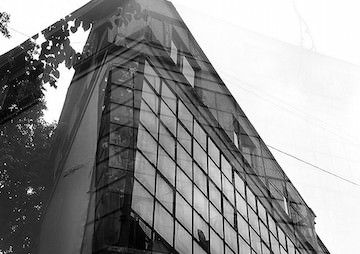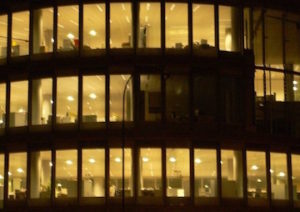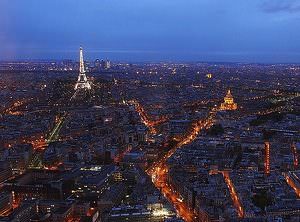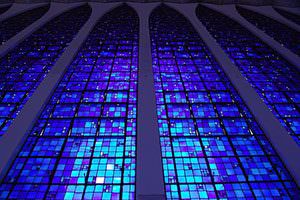Narkomfin: A ‘Six-Story Blueprint’ for the Emancipation of Women
Before the terminal interference of Stalinism, architects in Moscow were creating housing designed to allow newcomers from the countryside to enjoy and make full use of a “socially superior mode of life.” The now-dilapidated Narkomfin building in Moscow. (max_trudo / CC BY 2.0)
The now-dilapidated Narkomfin building in Moscow. (max_trudo / CC BY 2.0)
Before the terminal interference of Stalinism, architects in Moscow were creating housing designed to allow newcomers from the countryside to enjoy and make full use of a “socially superior mode of life.”
Athlyn Cathcart-Keays writes at The Guardian:
In the shadow of one of Stalin’s Seven Sisters skyscrapers in Moscow’s Presnensky District, an unkempt park gives way to a trio of yellowing buildings in varying states of decay. The crumbling concrete and overgrown wall-garden don’t give much away, but this is the product of the utopian dreams of a young Soviet state – a six-storey blueprint for communal living, known as the Narkomfin building. …
Enter the “social condenser,” an idea developed by the Organisation of Contemporary Architects, who spearheaded revolutionary ideas of collective living through standardised Stroikom units, confining private amenities to a single cell while facilities like kitchens and living space were communal. Thanks to this design, the Narkomfin building appears as one long apartment block, connected to a smaller communal structure by a covered walkway and a central garden space. …
But communist values were not the only ideals behind the Narkomfin: women too were set to be emancipated. “Petty housework crushes, strangles and degrades … chains her to the kitchen,” wrote Lenin in A Great Beginning. “The real emancipation of women, real communism, will begin only where and when an all-out struggle begins … against this petty housekeeping.”
While the organisation’s architecture was set to transform the byt of the domestic soviet, head architect Ginzburg was in no rush. He spoke of architecture as being able to harness the activity of the masses, and to “stimulate but not dictate” their transition into a “socially superior mode of life”.
Yet the communal and feminist values behind Narkomfin went stale almost as soon as the building was completed in 1932, and only a handful of such projects were completed before Stalin’s Five Year Plan halted the experiment. After Stalin’s rise to power, the communal and emancipatory values the architecture intended to inspire were quickly rejected as “leftist” or Trotskyist, and Narkomfin’s communal spaces fell in disrepair. Residents illegally installed makeshift kitchen units into their homes and the recreation space originally planned for the building’s rooftop was instead dominated by a penthouse apartment for the commissar of finance, Nikolai Milyutin.
Continue reading here.
— Posted by Alexander Reed Kelly.
Your support matters…Independent journalism is under threat and overshadowed by heavily funded mainstream media.
You can help level the playing field. Become a member.
Your tax-deductible contribution keeps us digging beneath the headlines to give you thought-provoking, investigative reporting and analysis that unearths what's really happening- without compromise.
Give today to support our courageous, independent journalists.






You need to be a supporter to comment.
There are currently no responses to this article.
Be the first to respond.